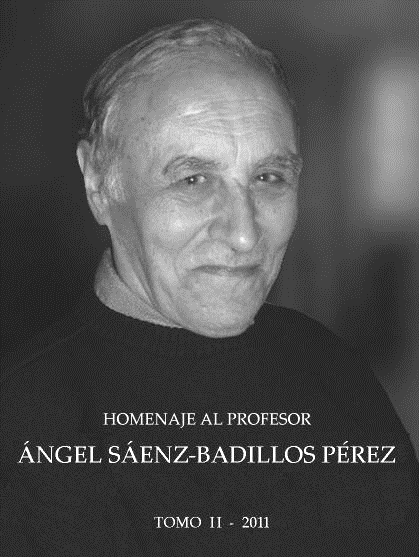Llull’s Blanquerna and Hasday’s Prince
DOI:
https://doi.org/10.30827/meahhebreo.v60i0.44Keywords:
Ibn Hasday, Ben ha-Melek we-ha Nazir, Llull, Blanquerna, medieval literature, Hebrew, Jewish, proselytism, maqamaAbstract
Through Blanquerna, Ramon Llull aims at achieving his vocation as a missionary and proselytizer to pedagogically show the superiority of the Christian faith, and to demonstrate that the communion with God is feasible outside official channels. Through the Prince, Ibn Hasday aims at pointing out to the real values that must inspire a noble, among them the utter disregard of earthly pleasures. Both characters have many things in common as a result of the fact that their creators shared time and place. What is most remarkable, however, is the ultimate goal that separates them. Llull wants his work to be an effective conversion tool, while Hasday wants to teach and raise the spirit of the Jewish people and offer to the non-Jewish reader a useful work, which broadcasts a universal message.
Downloads
Downloads
Published
How to Cite
Issue
Section
License

Este obra está bajo una licencia de Creative Commons Reconocimiento-NoComercial 4.0 Internacional.












